From a locality with many difficulties, limited production conditions, people's lives mainly dependent on small-scale livestock farming and forestry, Son Hong commune is gradually "changing its skin" thanks to the dynamism in the thinking and working methods of farmers. Each newly formed model not only affirms the appropriate direction but also creates a spillover effect, promotes the economic movement, and improves the quality of life for the people.

One of the models that has made a clear mark recently is the mud-free eel farming model of Mr. Doan Hong Phong (village 10). With the desire to develop the economy right in his homeland, in early 2024, Mr. Phong proactively sought out many models inside and outside the province to learn mud-free eel farming techniques. Realizing the advantages of easy environmental management, suitable for small areas and low risks, he decided to invest nearly 700 million VND to build a composite tank system, install water supply and drainage lines and aerators to ensure technical requirements.
Mr. Phong said: “The first days of raising eels were quite difficult due to lack of experience, leading to a high loss rate. I had to learn more while working, from how to choose healthy breeds to how to prevent diseases. Once I mastered the techniques and controlled the water environment, the survival rate of eels improved significantly, reaching over 90%.”
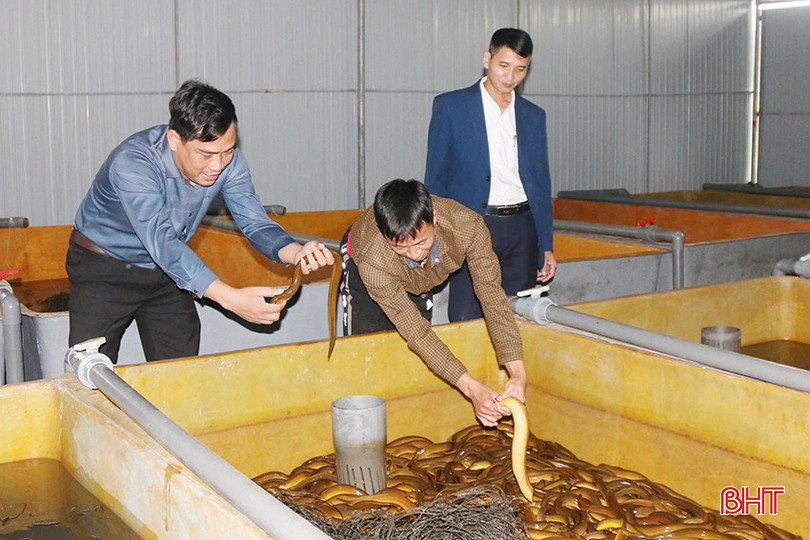
While previously people mainly raised eels in mud ponds, making it difficult to control diseases, Mr. Phong's mud-free model is carried out in tarpaulin-lined tanks with a circulating filtration system, helping to maintain a clean and stable water source. Eels are fed with fish bran to ensure nutrition, thereby developing evenly. After about 10-12 months of raising, each eel can reach a weight of 250-300 grams. It is expected that by the end of this year, Mr. Phong will sell the first batch of eels from this model. This is just the beginning, but Mr. Phong hopes that the experimental batch will bring positive results to continue expanding the scale in the near future.

Besides Mr. Phong's model, Son Hong commune also leaves its mark with many small and medium-scale livestock models, bringing stable income to the people.
The family of Mr. Doan Van Ky (village 4) is a typical example. Currently, his farm raises 40 deer, including 14 females and 26 males. Previously, the family only raised about 10 deer, but since 2021, realizing the increasing demand for antlers and deer breeding, he decided to expand the scale.
After 3 years of developing the farm, each year Mr. Ky's family harvests nearly 20 kg of velvet and sells about 10 baby deer, bringing in a stable income. According to him, raising deer has become an effective "fishing rod", not only helping the family become well-off but also a traditional profession with high economic value in the locality. Mr. Ky said: "Deer are easy to raise, have few diseases, so they are suitable for mountainous conditions. The most important thing is that the output is good, the price of velvet is kept high, helping farmers feel secure in long-term investment."
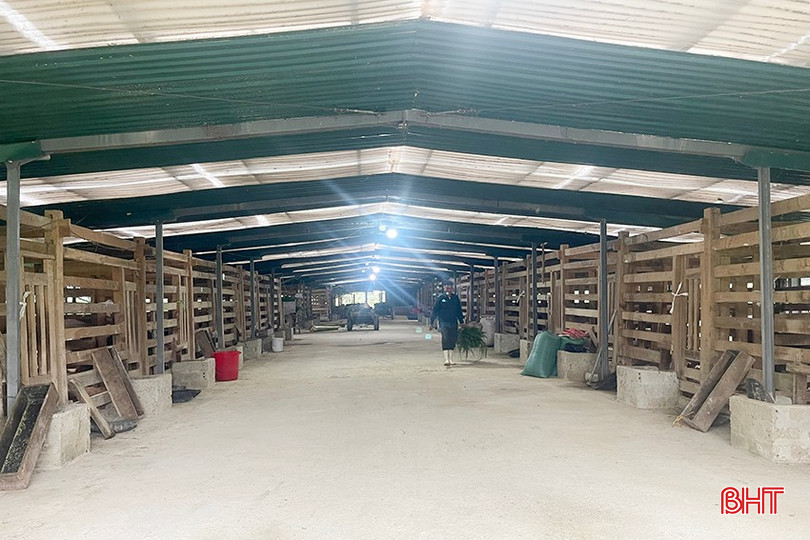

The integrated farm model in village 12 with an area of 5.5 hectares is also creating more jobs and income for the people. The farm currently raises 56 deer, 30 pigs, more than 1,000 ducks, 10 cows... and at the same time grows grapefruit, oranges, ginseng and installs a solar power system to effectively utilize the area and diversify income sources.
Mr. Le Duc Toan - the person directly managing the farm said: "What I see most clearly when sticking with this model is that it creates stable jobs for many local workers. In mountainous areas like Son Hong, people used to mainly do seasonal farming, with unstable income. When the farm operates systematically and has year-round work, workers' incomes are significantly improved. This is an important foundation for people to escape poverty and maintain a stable standard of living."
Thanks to stable operation and relatively sustainable output, the farm currently provides jobs for 7 main workers with a salary of about 7 million VND/person/month, along with 20 seasonal workers with an income of 250,000 VND/day.

Ms. Le Thi Dan (village 7) - a worker at the farm said: "The job is stable, the income is better than freelance work. Working close to home allows me to take care of my family. The farm is expanding, so workers like us feel secure in staying long term."
The strong development of economic models in recent times has created a clear change in the lives of Son Hong people. From poor and near-poor households, many families, thanks to persistent investment in livestock and crop farming, have become well-off, improving their income sustainably. Economic models provide local jobs for workers, limit labor migration, and at the same time contribute to promoting the movement of building new rural areas in the locality.
According to statistics of the People's Committee of Son Hong commune, by 2025, the poverty rate of the whole commune will decrease to 4.52%, the near-poor rate will decrease to 3.77%. The average income per capita in 2025 will reach 53.03 million VND/year.
Mr. Do Thanh Tinh - Vice Chairman of Son Hong Commune People's Committee said: "Son Hong is a mountainous border commune, production conditions are still limited, but people have proactively applied new methods to increase income. Local authorities focus on supporting techniques, capital sources and connecting outputs for products, creating conditions for production models to operate effectively. The results achieved in recent times have become an important foundation to help the commune move closer to the goal of sustainable poverty reduction."
Source: https://baohatinh.vn/nguoi-dan-son-hong-phat-trien-da-dang-mo-hinh-kinh-te-tao-sinh-ke-ben-vung-post299688.html




![[Photo] Lam Dong: Panoramic view of Lien Khuong waterfall rolling like never before](/_next/image?url=https%3A%2F%2Fvphoto.vietnam.vn%2Fthumb%2F1200x675%2Fvietnam%2Fresource%2FIMAGE%2F2025%2F11%2F20%2F1763633331783_lk7-jpg.webp&w=3840&q=75)

![[Photo] President Luong Cuong receives President of the Senate of the Czech Republic Milos Vystrcil](/_next/image?url=https%3A%2F%2Fvphoto.vietnam.vn%2Fthumb%2F1200x675%2Fvietnam%2Fresource%2FIMAGE%2F2025%2F11%2F20%2F1763629737266_ndo_br_1-jpg.webp&w=3840&q=75)
![[Photo] National Assembly Chairman Tran Thanh Man holds talks with South Korean National Assembly Chairman Woo Won Shik](/_next/image?url=https%3A%2F%2Fvphoto.vietnam.vn%2Fthumb%2F1200x675%2Fvietnam%2Fresource%2FIMAGE%2F2025%2F11%2F20%2F1763629724919_hq-5175-jpg.webp&w=3840&q=75)


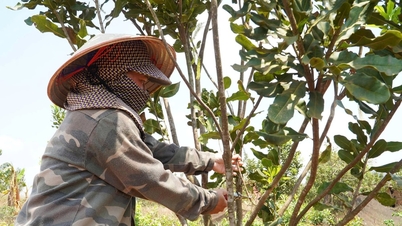

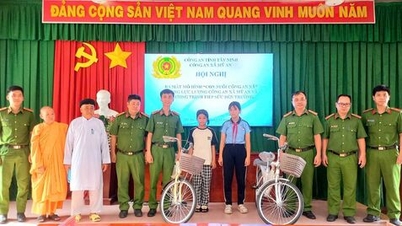

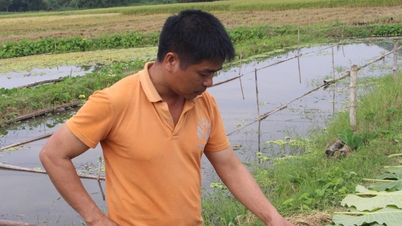

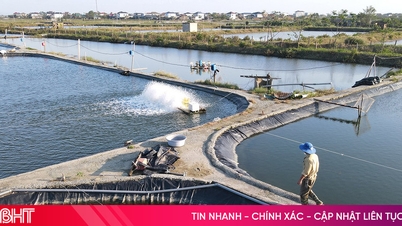
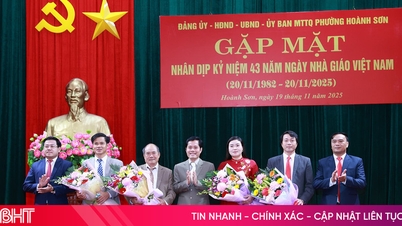
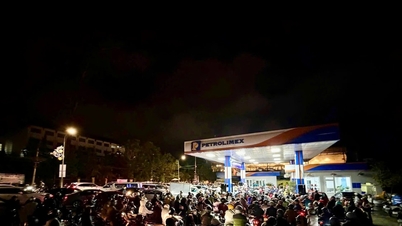
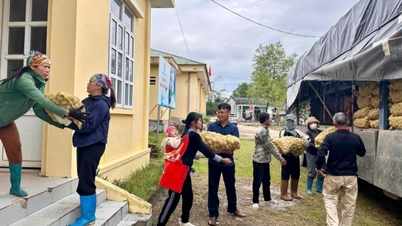

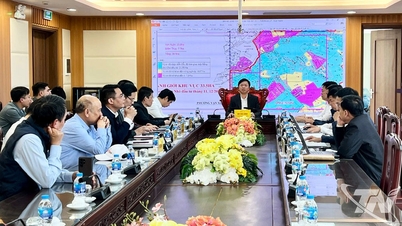

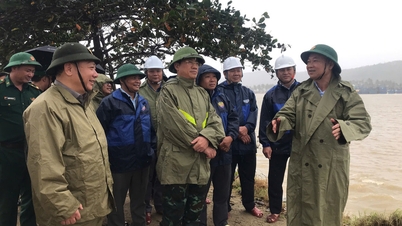

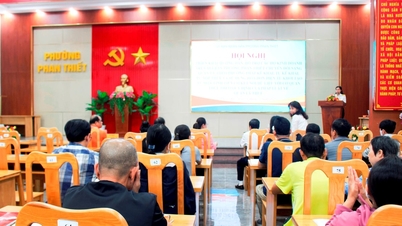
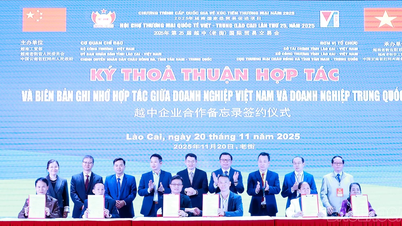





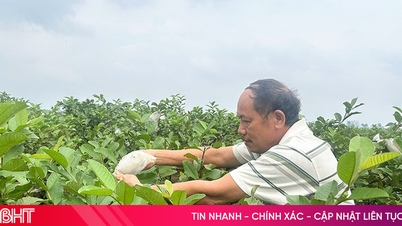

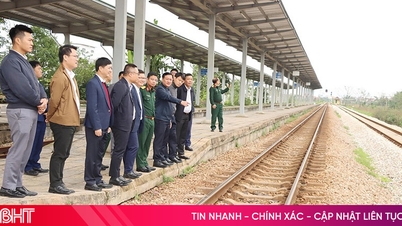
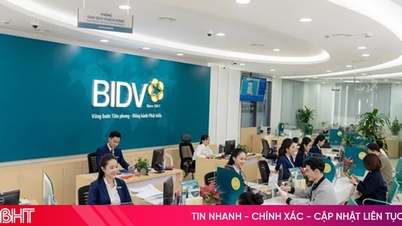
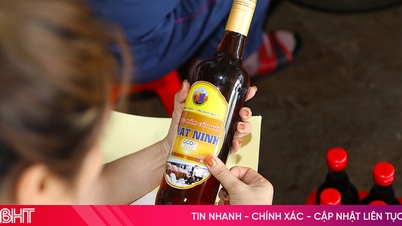
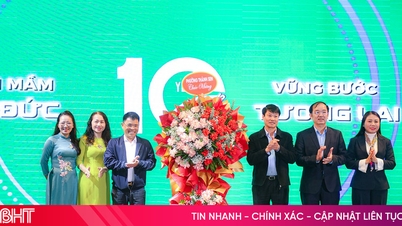






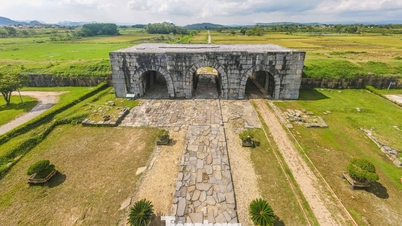

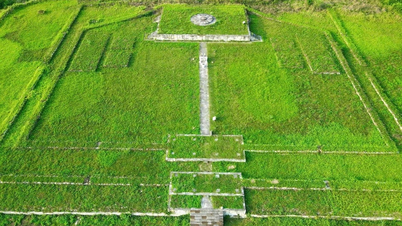




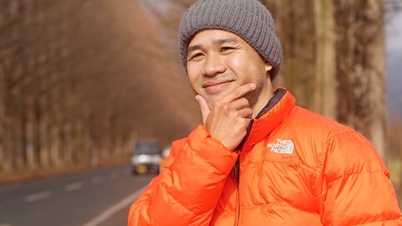


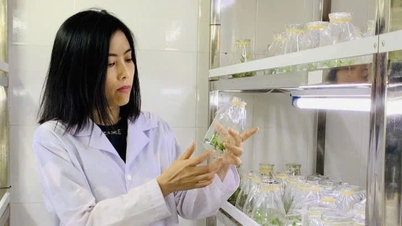

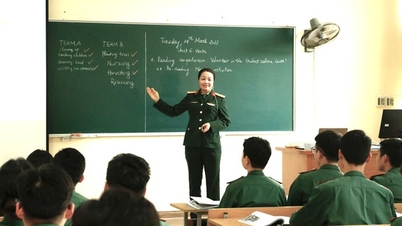



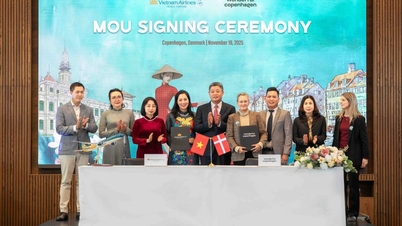



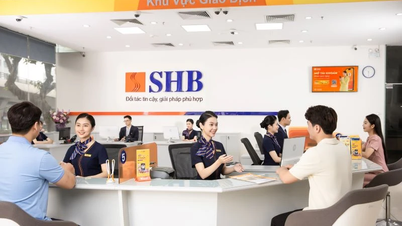








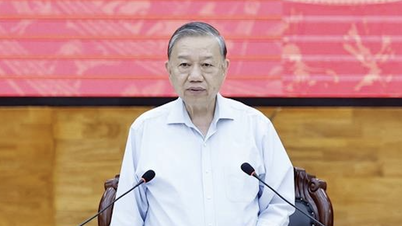



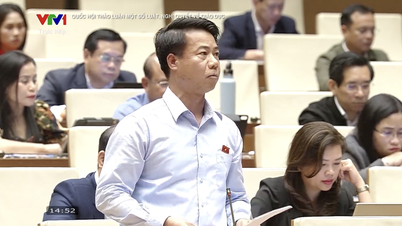



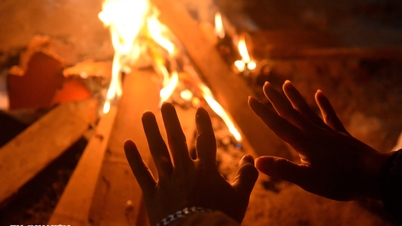
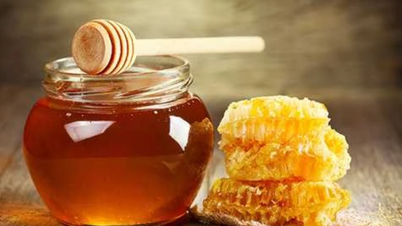

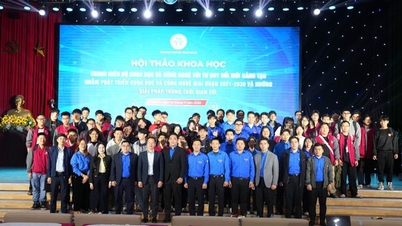

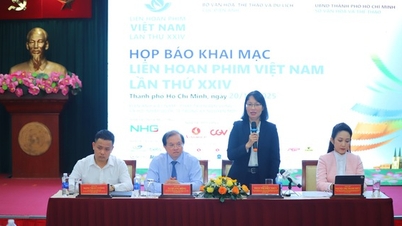


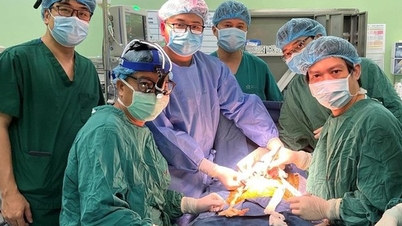

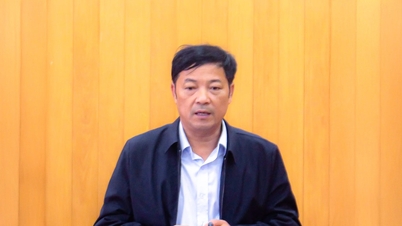
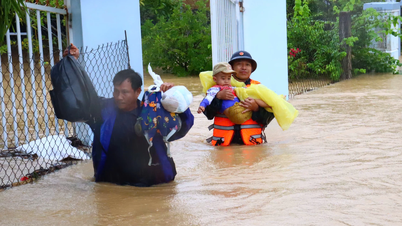


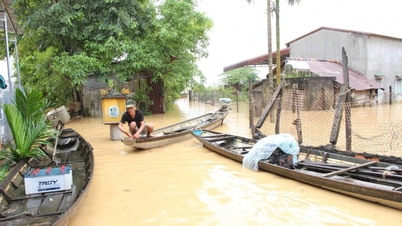

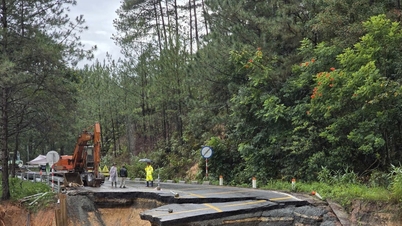




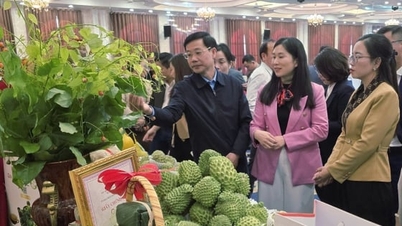










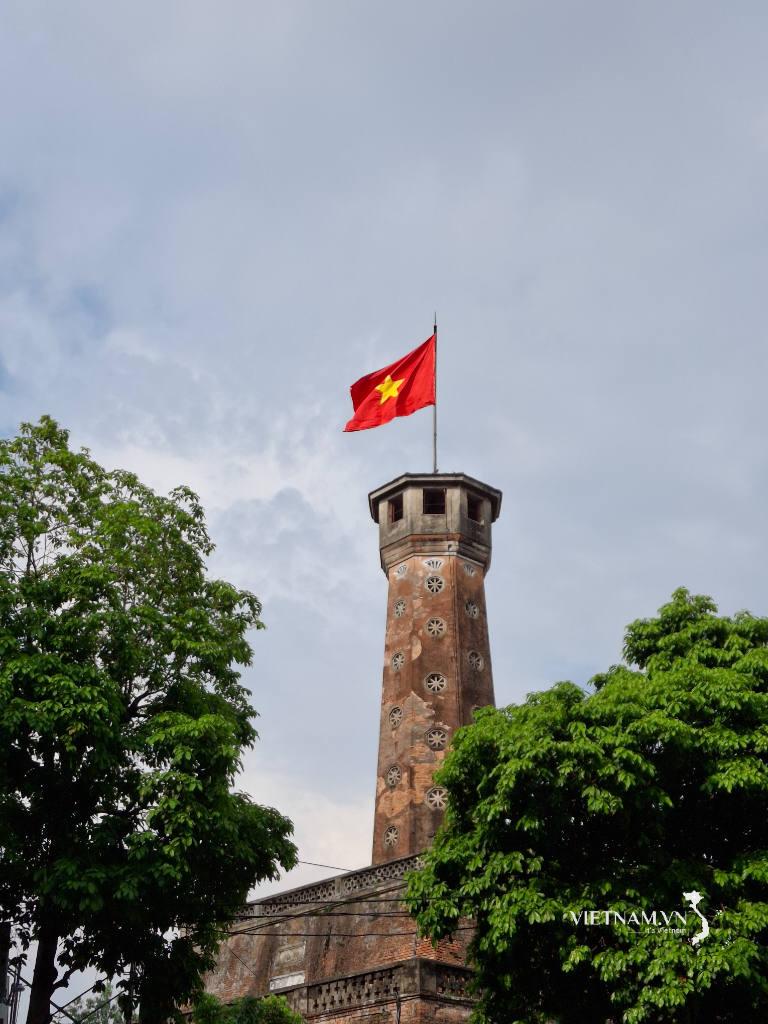
Comment (0)